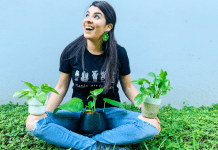April is National Gardening Month and a great reason to start or spruce up (pun intended) your Florida garden! April showers bring May flowers, so start your Florida-friendly garden this month and reap the benefits of what you sow in May and beyond! Not sure where to start? We’re here to help you! If you’re new to gardening we’ll provide you with the basics of gardening to get you started. If you’re an experienced gardener, there are some useful tips for you too.
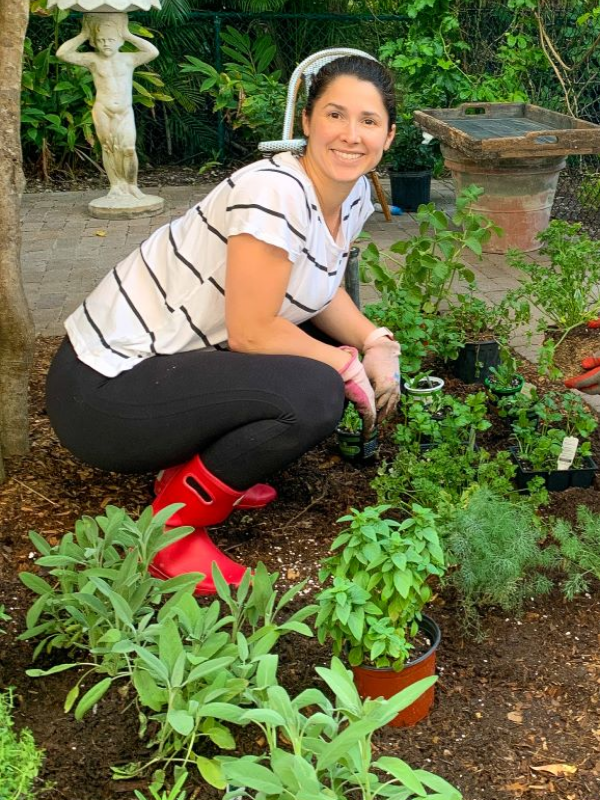
I. What is National Gardening Month?
According to the National Gardening Association:
“Back in the 1980s, the National Garden Bureau worked with 23 cosponsoring national horticultural organizations to legislate National Garden Week. Former President Reagan signed the Proclamation April 18, 1986. National Garden Week was first celebrated April 12 to 18, 1987.
In 2002, the National Gardening Association resolved to extend the celebration to encompass the entire month of April. National Garden Month was celebrated for the first time in 2003 and has been celebrated every year since.” (Source)
II. Basic Steps to Start your Florida Garden
Growing a Florida-friendly garden can be fun for the entire family. It can also be a stress reliever and a wonderful hobby for anyone. Here are some questions you want to ask yourself before you start.
Ask Yourself First:
- What do I want to grow in my Florida garden? (Fruits, vegetables, herbs, or plants and flowers.)
- What location in my yard is best suited for my garden? (Is there full sun, part sun, overhanging trees that shed leaves, or sprinklers nearby?)
- Do I want a raised garden bed or will I dedicate a space in my yard for direct in-ground planting?
- How much time do I want to dedicate to my Florida garden? If you’re looking for low maintenance then succulents and cacti require less attention versus other plants that may require pruning, pest control, and daily watering.
Once you’ve answered these questions, you’ll have an idea of where to start your Florida garden and what you’ll be growing.
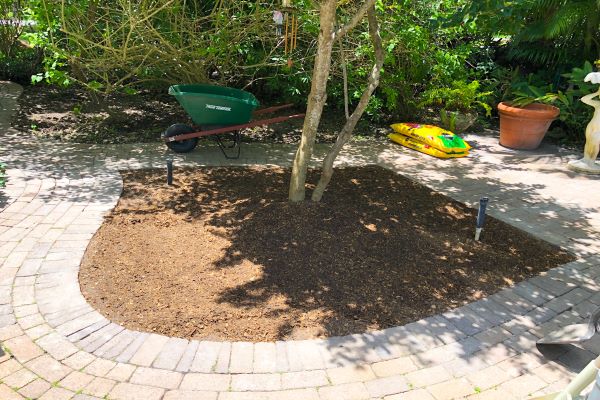
What can I plant in Florida depending on my region?
If you’re not sure what to plant in Florida, here is the USDA Plant Hardiness Zone Map for reference. For more specific fruits and vegetables and when to grow them, use this link to visit Urban Farmer’s Vegetable Planting Calendar for Florida.
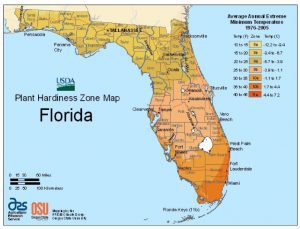
Once you’ve determined which Florida zone you’re located in, it will be much easier to narrow down which edible or non-edible plants you can grow. To know exactly what you can sow from seeds, or transplant depending on your zone, the folks at Gardenate.com have created the perfect search tool! You can search by your specific Zone, and they provide a list of the appropriate seeds and transplants depending on the month.
Planting Your Florida Garden: Step by Step
Now that you’ve chosen your location and decided what you’re planting, here are some basic steps:
- Plan your Garden Beds: Whether a raised garden bed or sunken, plan on planting your garden in blocks instead of rows. Beds should be 3-4 feet wide, so you can reach the center from either side, by 10 feet long. Give your plants room to grow and be careful not to overcrowd seeds or transfer plants. They may start small, but remember they will grow into full plants that need space.
- Build your Soil: According to Common Sense Home, “Most plants prefer a deep, well-drained, fertile soil rich in organic matter. Plant roots need good garden soil to produce good vegetables and fruit.” (source) Therefore, if you’re starting with sod, you’ll need to cut it up in chunks, and consider laying cardboard or wet newspaper on top of the sod, and then building up your garden with fresh gardening soil.
- Choose Seeds or Transplants: If you’re starting with seeds, make sure you’re starting them at the right time. Most seed packages have a timeline of when they’re ready for planting. Usually, plant a seed three times as deep as the seed’s diameter. When planting a transplant, then plant it at the same depth of the pot it came in.
- Watering and Pest Control: Be sure not to underwater or overwater plants. Too much water can cause seeds or roots to rot, and underwatering can leave plants vulnerable to pests. When planning your garden bed, you may want to include some plants that are natural pest repellents. Check out these wonderful homemade bug sprays for your Florida garden.
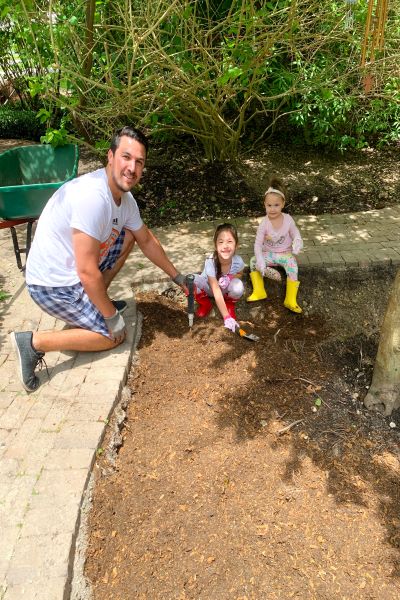
III. A Florida Garden for the Entire Family
Gardening can be a great family hobby! Get kids involved by teaching them the life cycle of plants, growing your edible crops, and creating a year-round calendar of gardening projects. Plant different crops and flowers for each season.
Gardening Projects with Kids
Our family decided to start a garden during the beginning of the pandemic in 2020. It was a great way to spend time outdoors and keep the kids entertained and engaged in an activity. We chose a small area and decided to plant herbs. We started some from seeds so the kids could watch them sprout and grow. Other herbs were store-bought and transplanted. They were used in our recipes and the kids loved pruning the basil leaves and adding them to their meals.
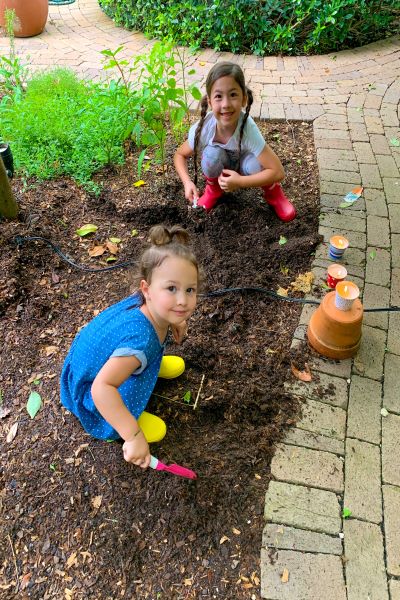
Use your Florida garden to get the kids off their screens and back outside. Add watering plants and flowers to their list of chores. Use gardening as a great learning experience too. We conducted many science experiments in our garden. For example, we’ve taken overripe potatoes from our pantry and planted them in the garden. The kids loved planting produce that we eat and watching it grow in our garden. There are many opportunities for activities and learning when gardening with kids. Make this your spring or summertime project!
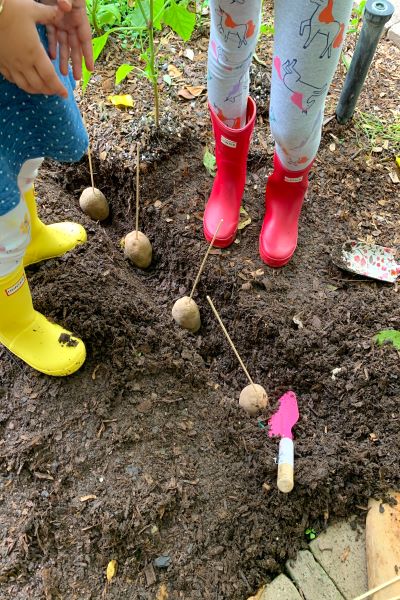
Hope you enjoyed this article and found useful tips and resources to start your Florida Garden during National Gardening Month! Please leave a comment below and share your favorite plants or trees in your Florida Garden! Have questions? We’ll be happy to answer them!










